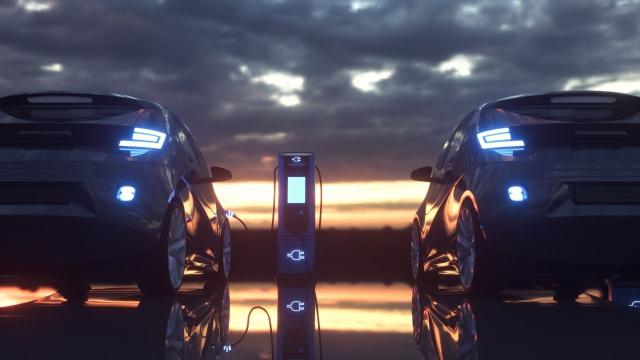The Victorian government is investing $5.2 million in the local research and development of electric vehicles.
The funding is being pumped directly into the “Supporting the Electrification of Victoria’s Future Fleet” project, pioneered by RMIT, Monash and La Trobe universities.
“We know our local universities have a lot to offer which is why we’re working with them, and industry, to build a bright future – while also creating great study, research and job opportunities for Victorians,” says Gayle Tierney, the Victorian government Minister for Higher Education.
Transport is responsible for about 25 per cent of greenhouse gas emissions in Victoria, according to Tierney, which is why there’s a focus on research and quickly shifting to electric vehicles.
Part of the funding involves the development of a “living lab”, which will research EV charging station technology and will run regenerative grid and battery simulations. The idea behind this is for scenarios to be played out in this lab for researchers and members of the EV industry, who can observe them and work out any problems.
“As well as applied technology development, a full-scale applied research project will inform policy towards Victoria’s net-zero emission targets in the transport sector, proactively addressing both likely and unforeseen challenges as electric vehicles are adopted at accelerated rates,” says associate professor Mahdi Jalili, the project’s research lead at RMIT.
“We’ll be developing cutting-edge battery technology and simulating the impacts of wide-scale electric vehicle adoption on electricity grid loading, prices and the broader system.”
This electric vehicle research from Victorian universities is set to support the state’s transition to electric vehicles widely over the next decade. The plan includes a shift to all-electric public transport, the development of affordable technology and a strengthened grid. Battery storage and a public data repository are also key components of this plan.
“Whether you commute in the car or catch the bus, zero-emissions vehicles are the future, and we are on the right path to making sure Victorians can make the switch to clean, sustainable transport,” says Ben Carroll, the Victorian government Minister for Public Transport, Roads and Road Safety.
“It’s essential that we proactively address the challenges of widespread electric vehicle adoption – bringing our broad expertise to bear in addressing social and economic challenges of this kind is what we do best,” added Professor Alec Cameron, RMIT vice-chancellor and president.
While the state offers one of the best EV incentives programs (a $3,000 subsidy for eligible new zero-emissions vehicle for the first 4,000 vehicles purchased on or after May 2, 2021) the state also taxes electric vehicle drivers between 2 cents and 2.5 cents for every kilometre driven. Victoria’s EV tax was widely criticised.
Supposedly though, despite this tax, which mimics petrol prices to some extent, Victoria wants to see a swift shift to electric vehicles throughout the state by 2030, wanting half of all new car sales to produce zero emissions by then. The government also wants new buses to produce zero emissions by 2025.
